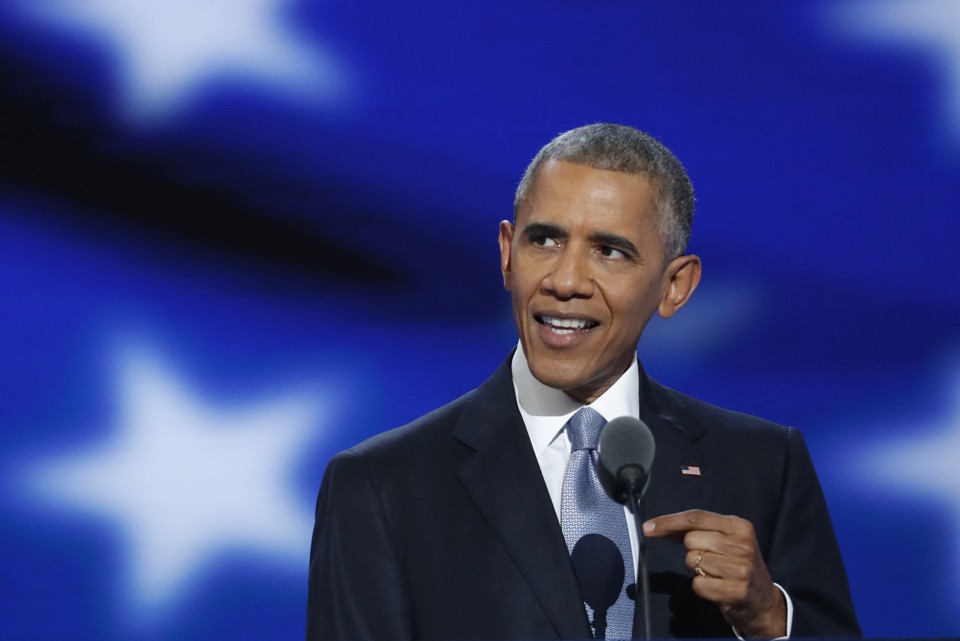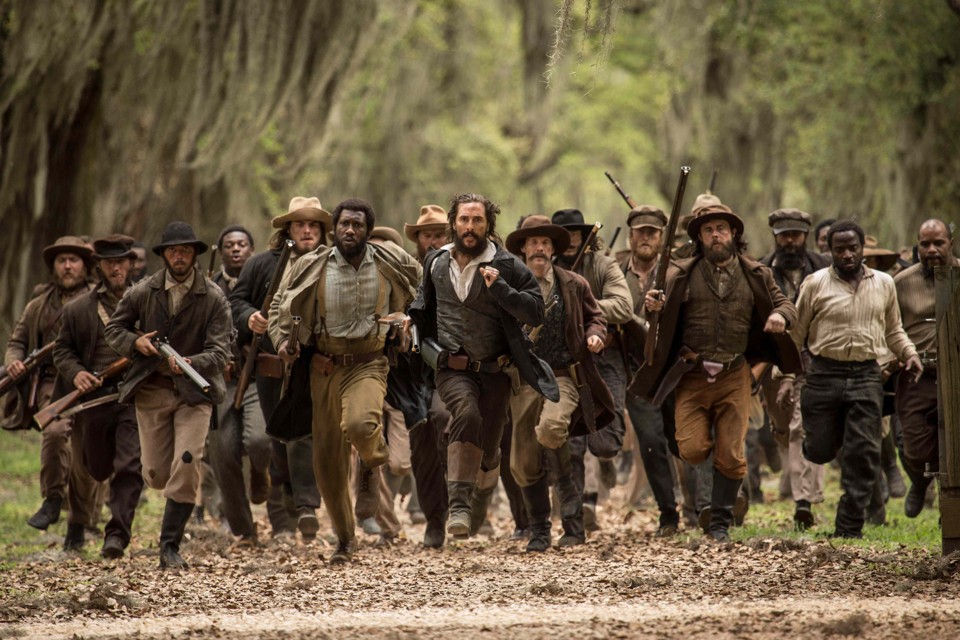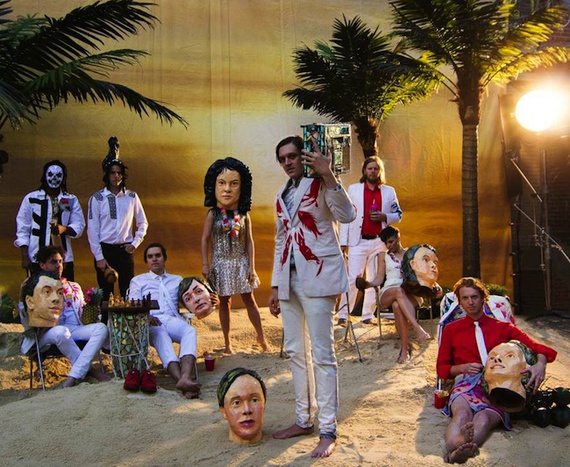The New American FacePosted in Anthropology, Arts, Health/Medicine/Genetics, Media Archive, United States on 2016-11-21 21:28Z by Steven |
The Atlantic
2016-11-21
James Hamblin, Senior Editor
 The least and most attractive male faces, based on statistical models. |
Leaders are stoking human tendencies toward tribalism—but this instinct can be overcome more easily than once thought.
Since the election of Donald Trump, President Barack Obama has shifted into a prophylactic stance. He is warning that the world is complex, not a simple collection of binaries where things are either completely fantastic or the absolute worst.
Obama sees, rather, an ecosystem, a global community where borders are increasingly illusory, where prosperity for one economy means prosperity for others. Still this is a difficult concept to impart even to competitive students or coworkers, much less a population of seven billion. Recounting how he explained the election outcome to his daughters, Obama said in The New Yorker this week, “This is not mathematics; this is biology and chemistry. These are living organisms, and it’s messy.”
If biology is messy, neurobiology is a dumpster filled with smaller dumpsters, all ablaze. We are competitive by nature, as a matter of survival, and this tendency is easily goaded into hate…
Read the entire article here.


